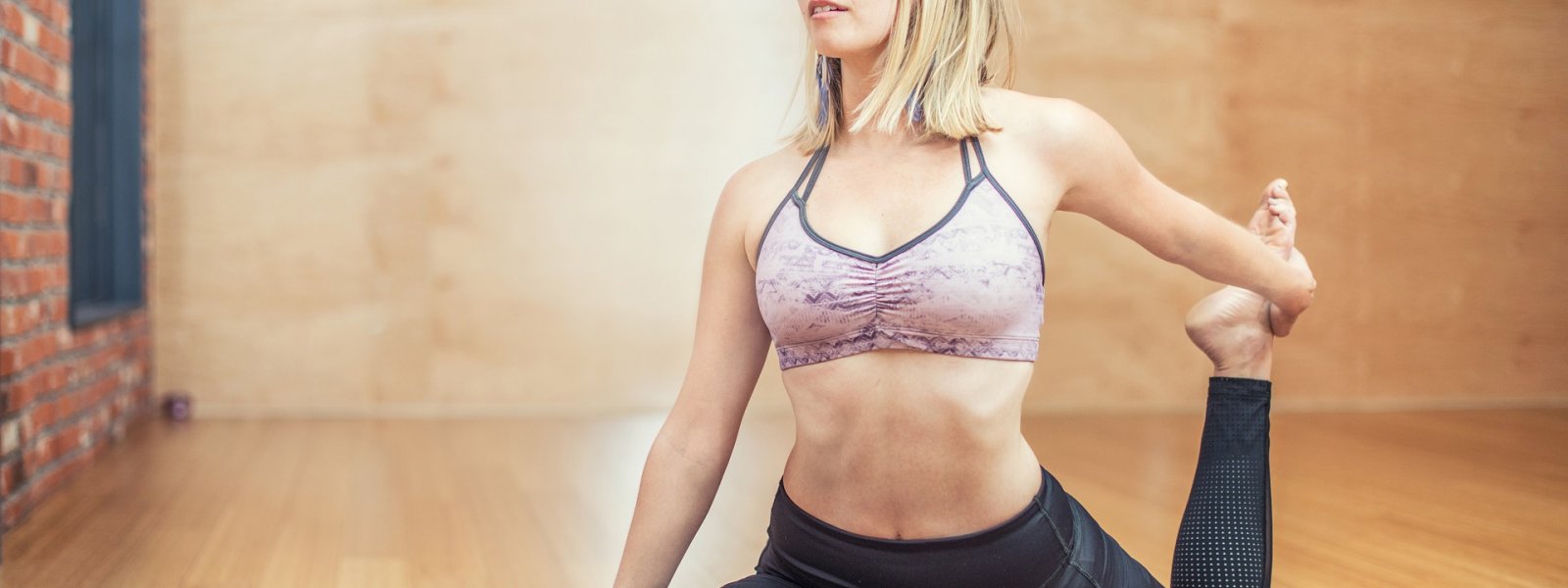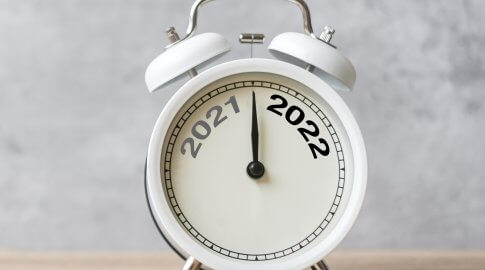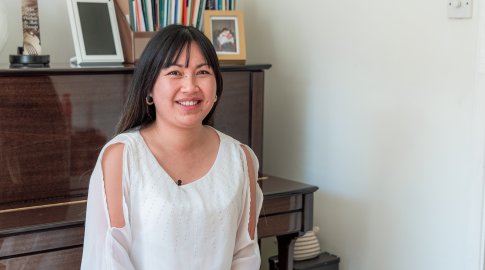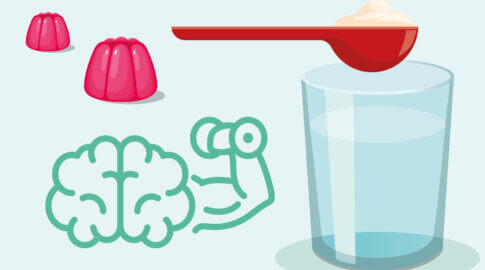Yoga for the mind, body and breath
Charlotte Goldthorpe, who has practiced hatha yoga for two years, takes a look at its benefits for the mind, body and breath.
It’s easy to see why yoga might be perceived as a fad. Its popularity has surged in recent years, with everyone from athletes to celebrities catching the yoga bug, not to mention the Instagram stars uploading their daily yoga routines for inspiration.
There’s a growing yoga industry that’s developed around this popularity and it’s much more than clever marketing. Two of the top three reasons why people practice yoga are for stress relief and its impact on their general health.
I know what you’re thinking – yoga is just for flexible 20-somethings who drink smoothies and eat quinoa, right? Wrong.
There are many common myths surrounding yoga, such as the need to be fit, or super flexible. Others believe it’s not for men or it’s too expensive. But having practiced yoga for two years myself, I have never come across any barriers to my practice – and yoga is certainly for both men and women.
Yoga is a group of physical, mental, and spiritual practices or disciplines which originated in ancient India.
Many different kinds of yoga exist, so it can be hard to know which particular style is right for you. Most are based on the same basic yoga poses called ‘asanas’, however, the experience of one style can be very different from another.
If you’re new to yoga, hatha and restorative practices are recommended for beginners. Other more energetic styles include vinyasa and ashtanga.
Whichever style you choose, you are likely to see improvements in many areas of your health, both physically and mentally. Some of the benefits include increased muscle tone and strength, better sleep, increased energy levels and taking control of anxiety and depression. So, let’s look at some of the beginner styles which could help improve your PH symptoms.
Hatha yoga is a general category that includes most yoga styles. It is an old system that includes the practice of asanas (yoga postures) and pranayama (breathing exercises), which help bring peace to the mind and body, preparing the body for deeper spiritual practices such as meditation.
Today, the term hatha is used in such a broad way that it is difficult to know what a particular hatha class will be like. In most cases, however, it will be relatively gentle, slow and great for beginners who prefer a more relaxed style where you hold poses longer.
One of the main benefits of practicing hatha yoga stems from one of the pillars of the hatha style: breathing. Controlling breath can help improve oxygenation of the body and alleviate stress in some forms. Other elements of hatha yoga also help with relaxing the body and fighting the stresses of the modern world.
Restorative yoga Restorative is a gentle, relaxing, passive style that allows you to relax and release the body into a gentle stretch that is held for as long as ten minutes. This style makes use of a wide range of props, including bolsters, blocks, straps and blankets. The intention is to provide support within each pose, making it easier to completely let go. It’s good if you’re looking for deep relaxation, and just generally, a long lie down!
















